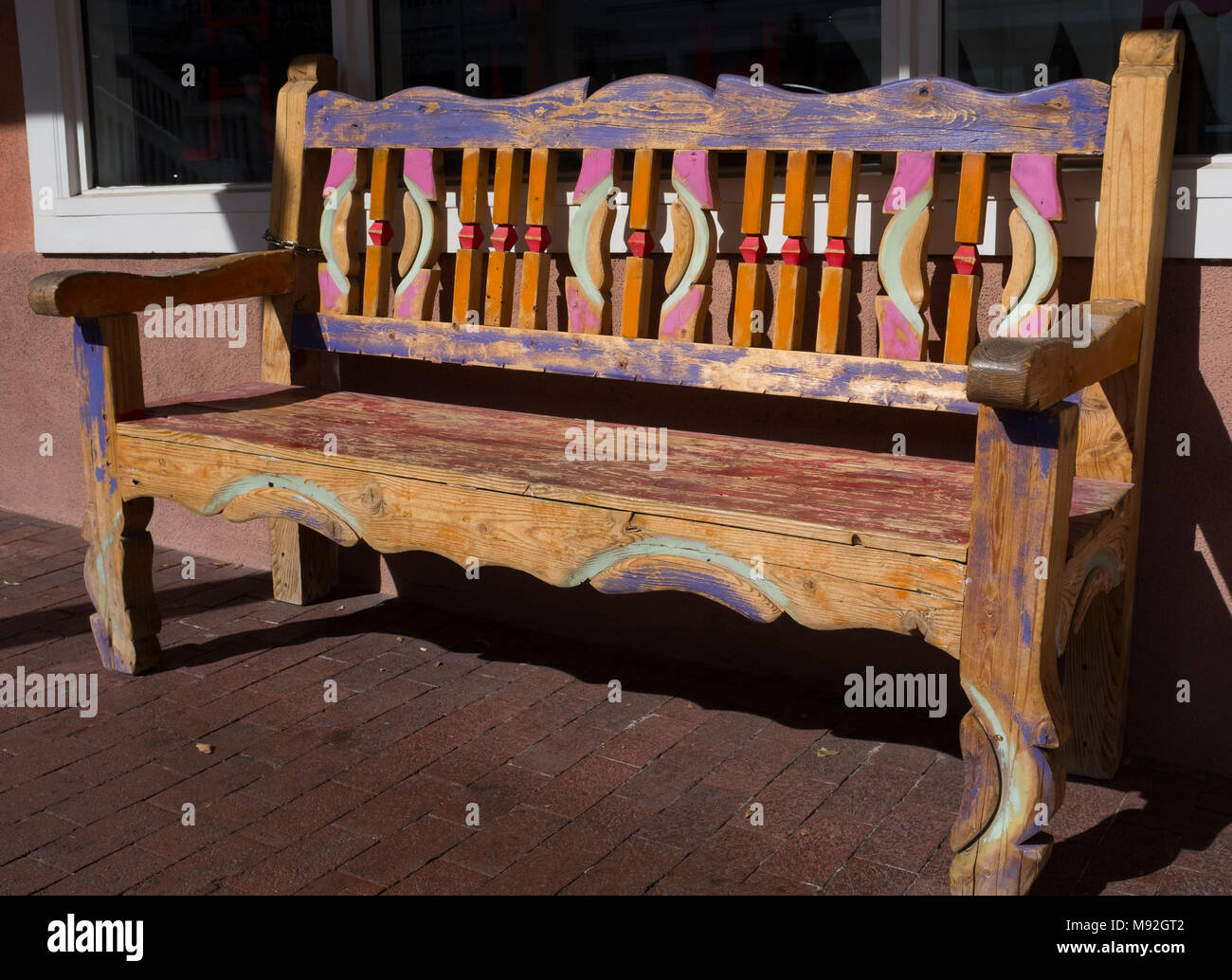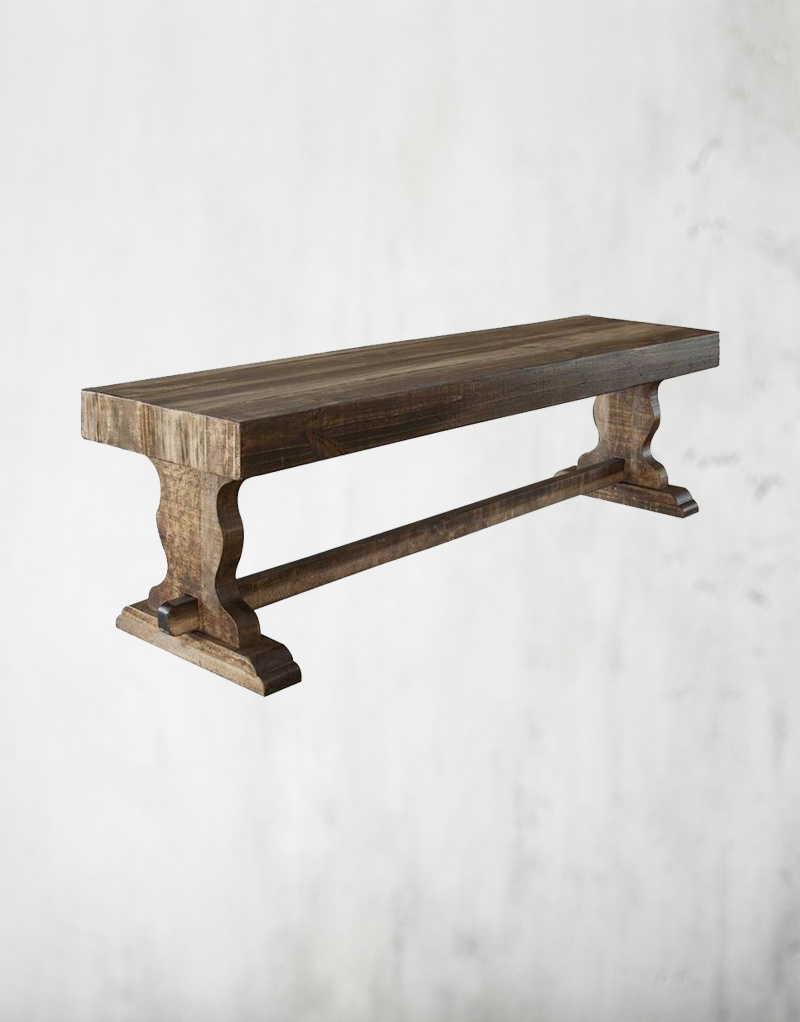When it comes to home decor, a decorative wood bench can serve as a stunning focal point while adding functionality to your space. In this article, we’ll delve into the various styles, materials, and benefits of decorative wood benches. Drawing from personal experience and extensive research, I aim to provide you with a comprehensive guide that not only highlights the versatility of these pieces but also helps you choose the perfect one for your needs.
What is a Decorative Wood Bench?
A decorative wood bench is more than just a seating solution; it’s an artistic expression that enhances the aesthetic appeal of any room or outdoor area. These benches come in various styles, from rustic farmhouse to modern minimalist, catering to different tastes and settings.
Types of Decorative Wood Benches
1. Farmhouse Style Benches
Farmhouse-style benches often feature distressed finishes and a warm, inviting feel. Perfect for entryways or dining areas, they complement rustic decor beautifully.
2. Modern and Contemporary Benches
With clean lines and smooth finishes, modern benches provide a sleek look ideal for minimalist spaces. They often incorporate materials like metal or glass for a chic touch.
3. Traditional Benches
Traditional benches often boast intricate carvings and rich finishes. These pieces are timeless and can enhance more classic decor themes.

4. Outdoor Wooden Benches
Designed to withstand the elements, outdoor wooden benches are perfect for gardens, patios, or balconies. They often come with weatherproof finishes for durability.
Benefits of Owning a Decorative Wood Bench
1. Aesthetic Appeal
Benches can transform a plain space into a stylish area. They can act as a statement piece or blend seamlessly into your existing decor.

2. Additional Seating
Whether it’s for guests at a dinner party or family gatherings, a decorative wood bench provides versatile seating options that can accommodate various needs.
3. Storage Solutions
Many benches come with built-in storage, making them functional pieces that help keep your space organized.

4. Versatility
Wood benches can be used in various areas of your home, including living rooms, entryways, gardens, and patios.
Choosing the Right Decorative Wood Bench
Factors to Consider
When selecting a decorative wood bench, consider the following factors:
- Size: Measure the space where you plan to place the bench to ensure it fits well without overcrowding.
- Style: Choose a style that complements your existing decor.
- Material: Look for quality wood types such as oak, cedar, or teak, known for their durability.
- Functionality: Decide if you need additional features like storage or cushions for comfort.

Comparative Analysis of Popular Wood Bench Styles
| Style | Material | Best For | Price Range |
|---|---|---|---|
| Farmhouse | Reclaimed Wood | Entryways, Dining Rooms | $200 – $600 |
| Modern | Teak or Pine | Living Rooms, Office Spaces | $300 – $800 |
| Traditional | Mahogany | Formal Living Rooms | $400 – $1000 |
| Outdoor | Cedar | Gardens, Patios | $150 – $500 |
Pros and Cons of Decorative Wood Benches
Pros
- Durability: High-quality wood benches can last for decades with proper care.
- Timelessness: Wood is a classic material that fits in with many decor styles.
- Ease of Maintenance: Most wood benches can be easily cleaned and require minimal upkeep.
Cons
- Cost: High-quality wood benches can be expensive.
- Weight: Wood benches can be heavy, making them difficult to move.
- Susceptibility to Damage: If not treated properly, wood can warp or damage due to weather exposure.

DIY vs. Store-Bought Decorative Wood Benches
DIY Decorative Wood Benches
Creating your own decorative wood bench can be a rewarding project. It allows for complete customization according to your style preferences and the dimensions of your space. I built my own farmhouse-style bench last summer, and the sense of achievement is unparalleled!
Steps to Build a DIY Bench
- Gather Materials: Wood planks, screws, wood glue, sandpaper, paint or stain.
- Design Your Bench: Sketch a design that suits your space.
- Cut Wood: Precisely measure and cut the wood pieces according to your design.
- Assemble: Use wood glue and screws to put together the frame and seating area.
- Finish: Sand down rough edges and apply your desired paint or stain.

Store-Bought Decorative Wood Benches
If DIY isn’t your thing, a wide range of store-bought options are available. This route saves time and effort, allowing you to choose from a variety of pre-made styles that fit your decor seamlessly.
Where to Place Your Decorative Wood Bench
Indoor Placement Options
Here are some popular indoor placement ideas:
- Entryway: A bench can serve as a convenient spot to put on or remove shoes.
- Living Room: Place it near a coffee table or under a window for an inviting atmosphere.
- Bedroom: A bench at the foot of the bed can enhance the decor and offer extra seating.

Outdoor Placement Options
For outdoor use, consider these spaces:
- Garden: A bench can provide a tranquil resting spot amidst your plants.
- Patio: Perfect for extra seating during outdoor gatherings.
- Front Porch: An inviting bench makes your home feel welcoming.
FAQs about Decorative Wood Benches
1. What type of wood is best for outdoor benches?
Cedar and teak are excellent choices for outdoor benches due to their natural resistance to rot and insects.
2. How can I maintain my decorative wood bench?
Regularly clean the bench with mild soap and water, and reapply protective finishes or stains as needed to enhance durability.
3. Are decorative wood benches suitable for small spaces?
Absolutely! Choose a bench with a slim profile or opt for a storage bench that can double as seating and a place to store items.
Conclusion
A decorative wood bench is a versatile and stylish addition to any home. Whether you opt for a DIY project or purchase a store-bought option, these benches offer functionality and aesthetic appeal that can enhance your living space. By considering the factors outlined in this guide, you’re well on your way to finding the perfect decorative wood bench that fits your style and needs.